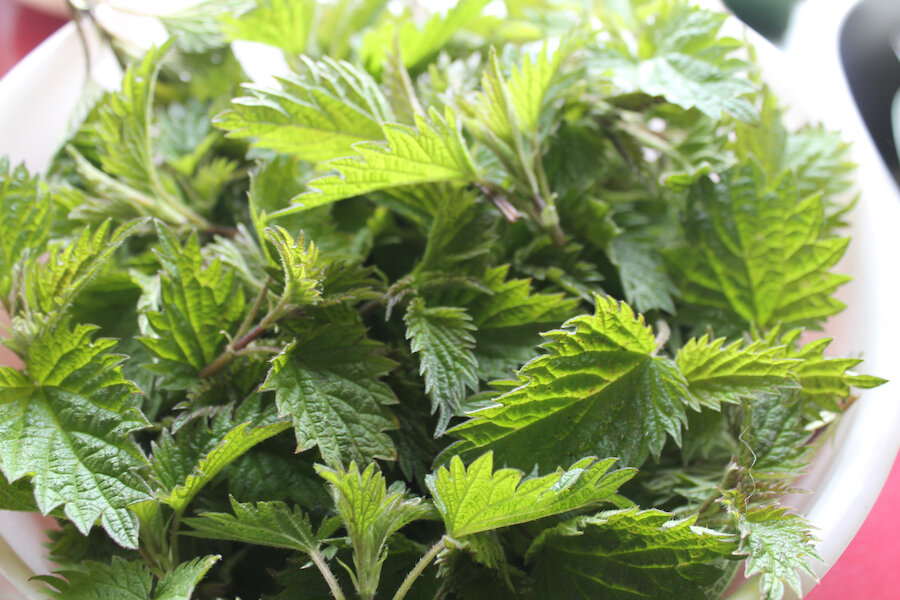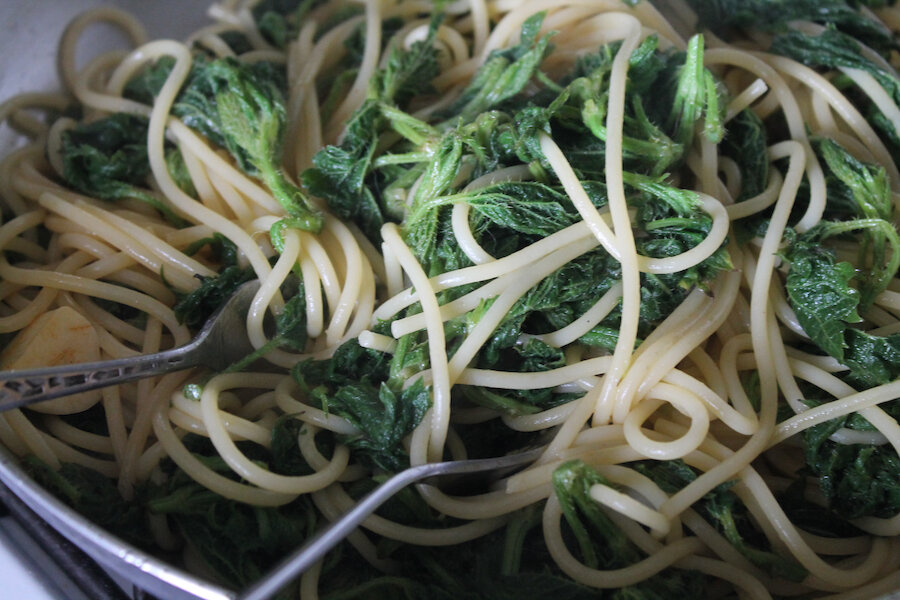I first fell in love with foraging in Italy. It is a country where foraging is considered a splendid Sunday activity for all the family. People grab a carrier bag and head out to show their kids where to pick the best asparagus in March or where to gather chestnuts in October. Armies of wily pensioners set off at dawn and sell their spoils to the very best restaurants. Truffle is an excellent example of the commercial value foraged foods can attain.
While foraging for truffles and most types of mushrooms certainly requires great skill and knowledge, most foraging does not. What could possibly be better than harvesting whatever happens to be fresh, delicious and free and the satisfaction of cooking and eating something bursting with flavour which you picked yourself? All you need is time, a little patience and a beady eye.
Foraging is a word I struggle with. I love the activity but not the word, which has recently become so ubiquitous. Worse still the wild-foraged gin botanical or wild-foraged salad greens, using the same ‘wild’ that is attached to swimming and camping these days, and with the same intent; to transform something extraordinarily natural and easy into the mystical preserve of the initiated, the secret keepers with all the right kit!
Italians don’t have a single word for foraging but use a linguistic form for it more similar to that originally used in English, si va ad asparagi or the equally inoffensive andiamo a cogliere le more – “we going to pick asparagus, blackberries or whatever it happens to be”. At first glance this might seem a negligible difference, but I think it’s a really important one. Going brambling or mushrooming shifts the emphasis onto celebrating the food itself rather than my presumed skill in tracking it down. This lack of a technical word for it, makes it more accessible, something anybody can do. You no longer have to know all the plants but just one. It also nudges the speaker towards celebrating the seasonality of food - when I pick something wild I will naturally gain a better understanding of its season, optimum growing conditions and natural habitat. I also learn the difference between the genuine article and its, often insipid, commercially available cousin.
It is not fancy sauces, exotic blends of herbs and spices or imported culinary trends which set Italian cuisine apart as one of the best in the world. It is their basic understanding of freshness and quality, and the impact these have on flavour. Freshness, low food miles and valuing the importance of eating what’s available locally are a few of the things that give Italy healthier people, more delicious food and a far healthier food system. Foraging is a keystone of that simple, natural approach to food, and one which benefits our health, our relationship with the environment, and is also just really good fun.
It is a brilliant activity for reclaiming our connection with the natural world around us. Of course, we should not be out picking rare plants or risking a domestic poisoning drama by picking things we’re not sure about, but the vast majority of the most common edible plants are easily recognised and available on just about any scrap of land you care to observe a little more closely. If you’re looking for a good basic guide, with lots of harvesting and cooking tips, Robin Harford’s ‘Eat Weeds’ website is a brilliant resource.
In Shetland we’re incredibly lucky to have a pristine environment and a wealth of easy to find comestibles. From dandelions, sorrel and chickweed to nettles, field mushrooms and ramsons, whatever the season, wonderful, healthy food is there for the taking.


